MBG World Exploration Open House Part 4
>> Friday, December 19, 2014 –
discovery
My final post on last weekend's research department open house at Missouri Botanical Garden takes us to the fourth floor and the library.
There's a bit more going on up here than "just books", if you're not into books -- although I don't think I know a gardener that doesn't love books filled with plant information and descriptions.
The first thing you see as you walk in is this closed room behind a wall of windows, where many old and rare books are housed:
It's quite beautiful in there, with all of the wood and dramatic lighting. Needs a couple of high-backed overstuffed chairs though...
There were a few of these books outside of that room that we could see up close...
...and I have to apologize to the librarians: I turned a few pages of one book before I saw the "please do not touch samples" note on the other table. Sorry!
It's of course not all about the old books here...
I wasn't familiar with "The NUC pre-1956 Imprints"...
...but there were certainly a large number of volumes:
Wikipedia helped here. "NUC" is "National Union Catalog", and this is a printed catalog of books, a massive bibliography.
Wikipedia goes on to say...
The NUC of Pre-1956 Imprints was an important resource for verifying bibliographic information and finding copies of books before the advent of large electronic bibliographic databases, such as WorldCat; the massive size and weight of the set make it less useful now. However, given that approximately 27% of the books listed in the NUC Pre-1956 Imprints were not in listed WorldCat as of 2005 (25% in 2008), it remains an extremely valuable tool for researchers.So these green volumes are probably common to all respectable research libraries. Interesting!
Plant-related periodicals from all over the world...
Which probably explains the rather large section of foreign language dictionaries:
When your research leads you to books that are published in other parts of the world, I wonder how useful a translation dictionary actually is, especially when so much specialized terminology is involved.
There are research stacks in back too:
I need to get some "compactors" for my basement I think.
My next stop was the book restoration department:
There were quite a few people in here when I first walked in, so I didn't get to ask too many questions. I missed the first part of the presentation so I don't have too many details about how repairs happen, but they are often needed when you're dealing with 100+ year old books and manuscripts.
New covers may need to be fabricated:
Great care is taken to match the construction and aesthetics of these books -- you can't just slap a 2014-looking cover on a book from 1814. So special tools are needed...
I suppose that paper repairs are the most common activity here, such as those needed after decade upon decade of unfolding and refolding:
I am sorry that I missed the details of how these repairs actually happen, but I do know that it includes fibers, moisture, and pressing:
There were several more interesting tools in the back of the room, but I didn't want to go nosing around just to take more photos.
Very interesting stuff -- I wonder if I can come back sometime and learn more about the processes?
The final room of the day is the one that is most important to those of you who are not in the St. Louis area and do not have access to the physical collections in this building -- which is at least 95% of the people reading this right now I'd guess (myself included).
It's the room where they talked about tropicos.org, the free. online version of the garden's herbarium, explaining how they turn this...
...into this:
The scanning process wasn't talked about in great detail, but it's not as simple as just throwing the sample onto a flatbed scanner -- remember that many of the samples and books are quite old and fragile.
The way I understand it, the herbarium specimens are placed on what is essentially a block of foam, which then is raised until it contacts the scanner -- which sounds like a flatbed scanner held upside-down (glass pointing to the floor instead of the ceiling).
I don't know how long it takes to scan a single specimen, but I'm pretty sure that I heard sometime during the day say that the herbarium is adding about 10,000 samples a year, and with 6.5 million already in the collection it seems unlikely that the entire thing will ever be scanned.
As a sort of test of this online resource, I started with this specimen:
And tried to find it on tropicos.org. There are 25 listings for Opuntia engelmannii, but none of them matched this sample. If I had looked more closely, I would have realized that it wasn't available there, as those specimens that are have been stamped "Tropicos Image", as this one was:
You can find it on tropicos at this link.
And that concludes my look back at last weekend's World Exploration: Behind the Science with Garden Botanists open house at the Missouri Botanical Garden's Monsanto Center.
As I was leaving I learned that this was the first event of this type that had been held in quite a few years, so let's hope that it can actually be called the "First Annual World Exploration..."
Thank you Missouri Botanical Garden researchers!
.

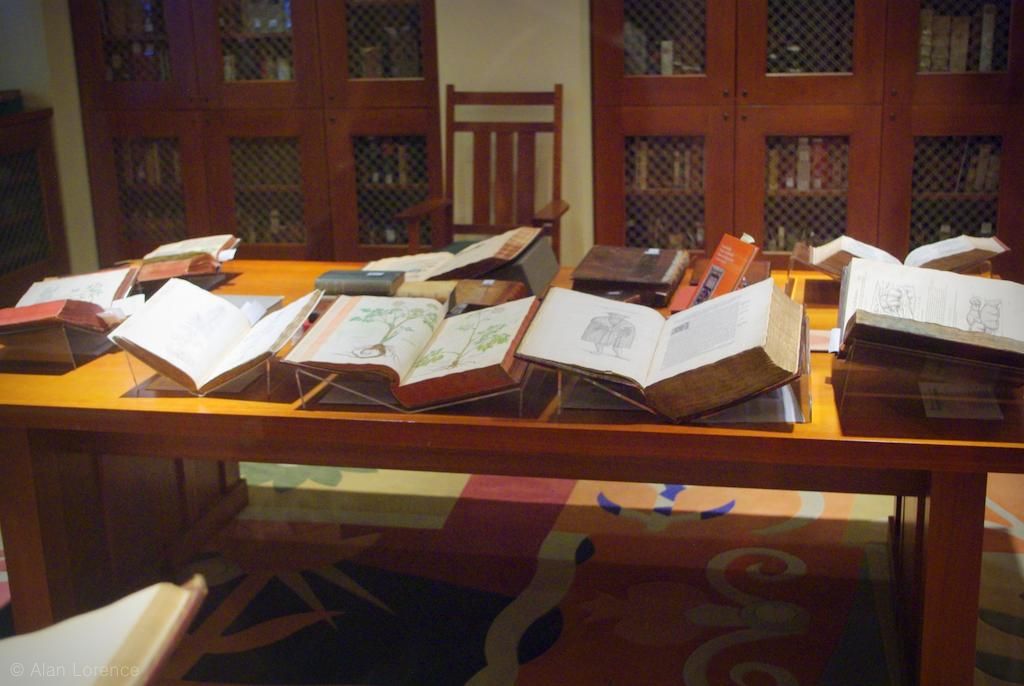




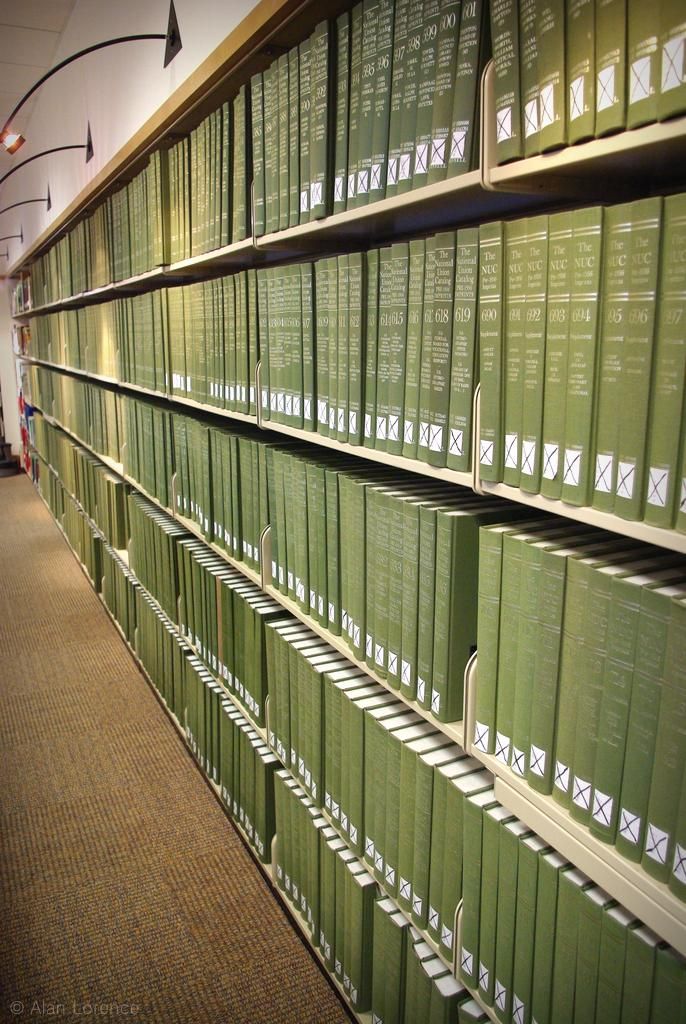
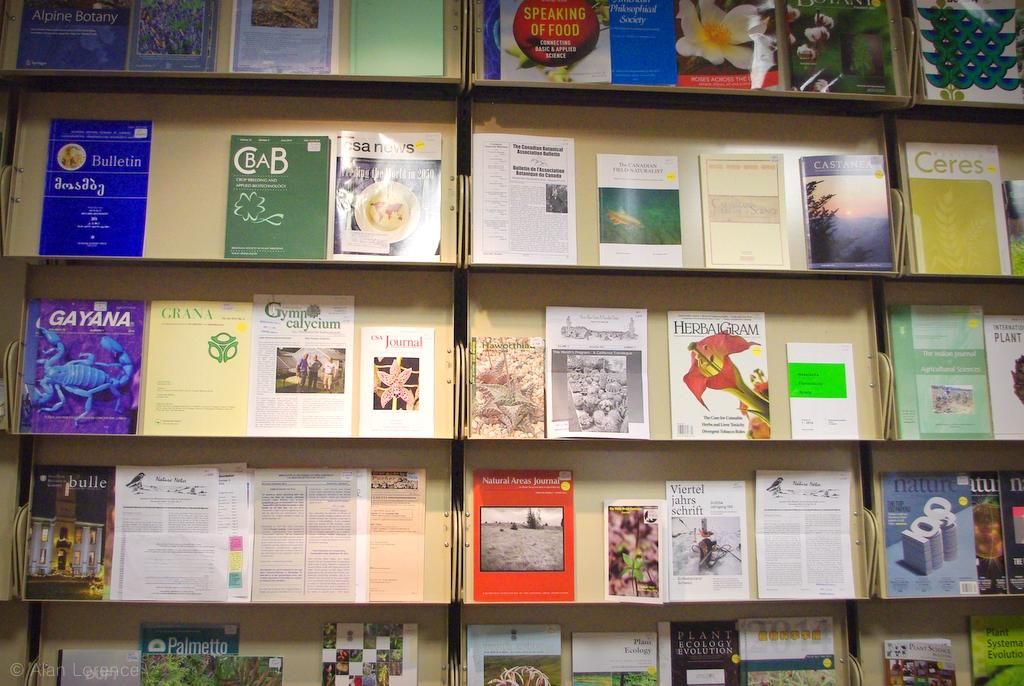
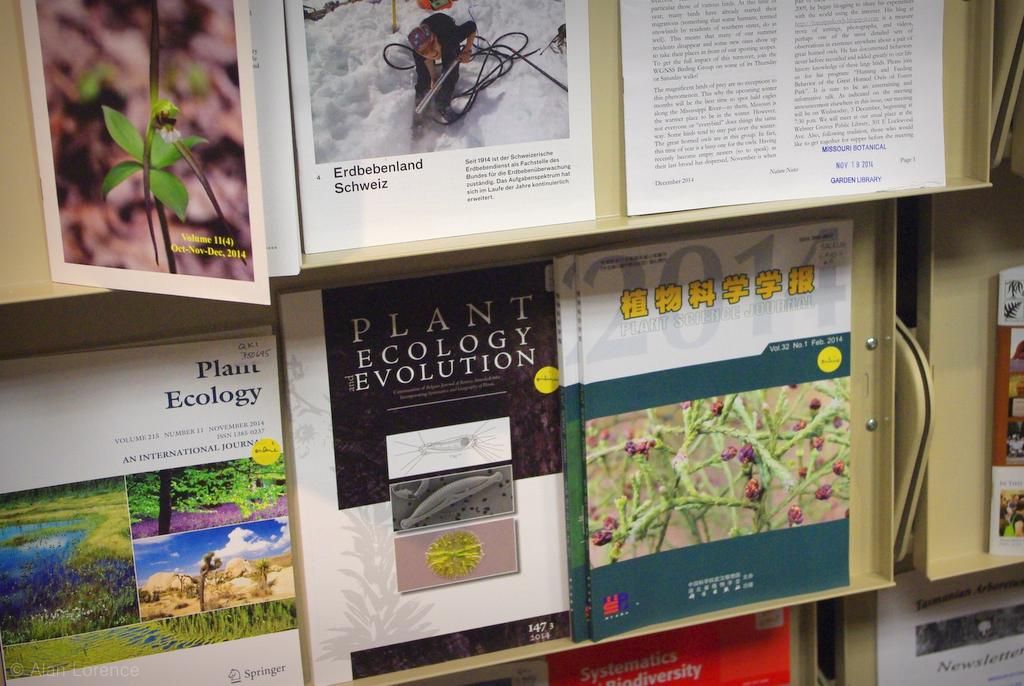















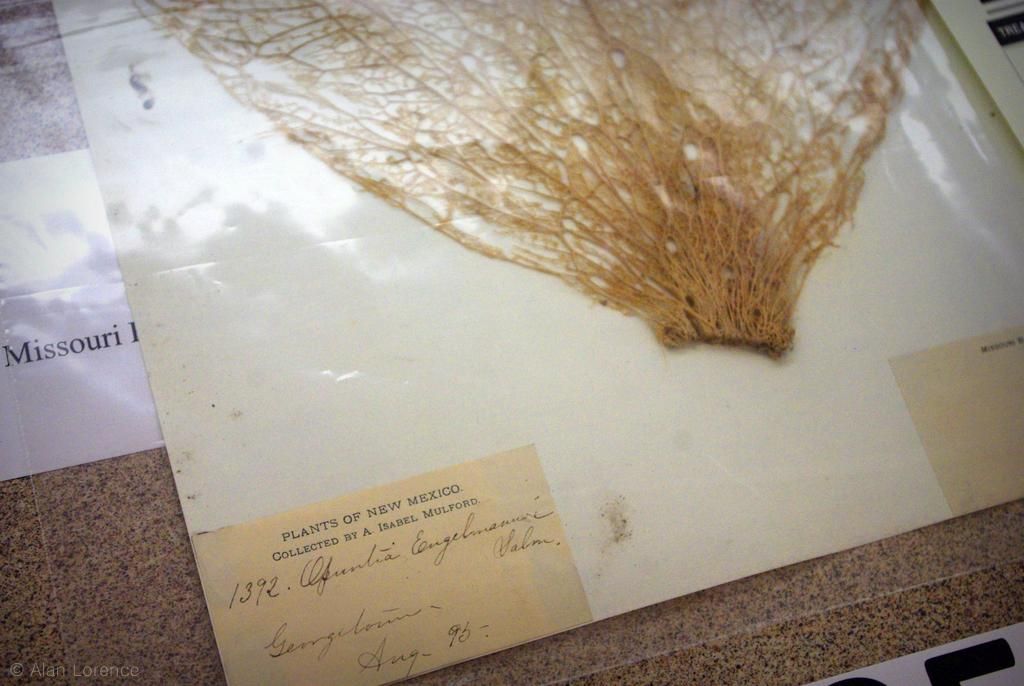
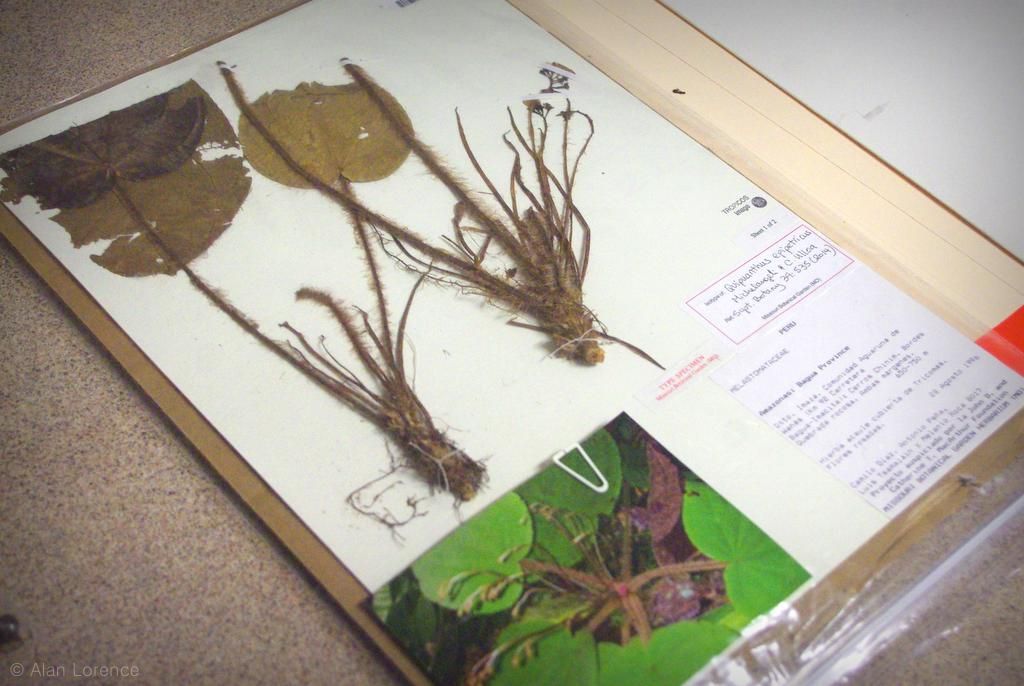




What an opportunity. Most of us have no idea of what goes on in these archival areas.
And thank you for taking us along!
I have the Missouri Botanical Gardens on our must see destination list. I had no idea about the library. I will have to make sure to save time. Yes, totally a garden and book geek. I will definitely check out the online source. I use their plant finder all the time. I find it one of the most reliable sources for how things will do here in Houston. Merry Christmas
Laurin: Just to be clear, this building is not usually open to the public. The garden itself is worth the trip though!
Thank you for the detailed coverage. Andrew was just saying in his next profession/life he wants to be an archivist for the Huntington Library, I think he'll find this interesting too.